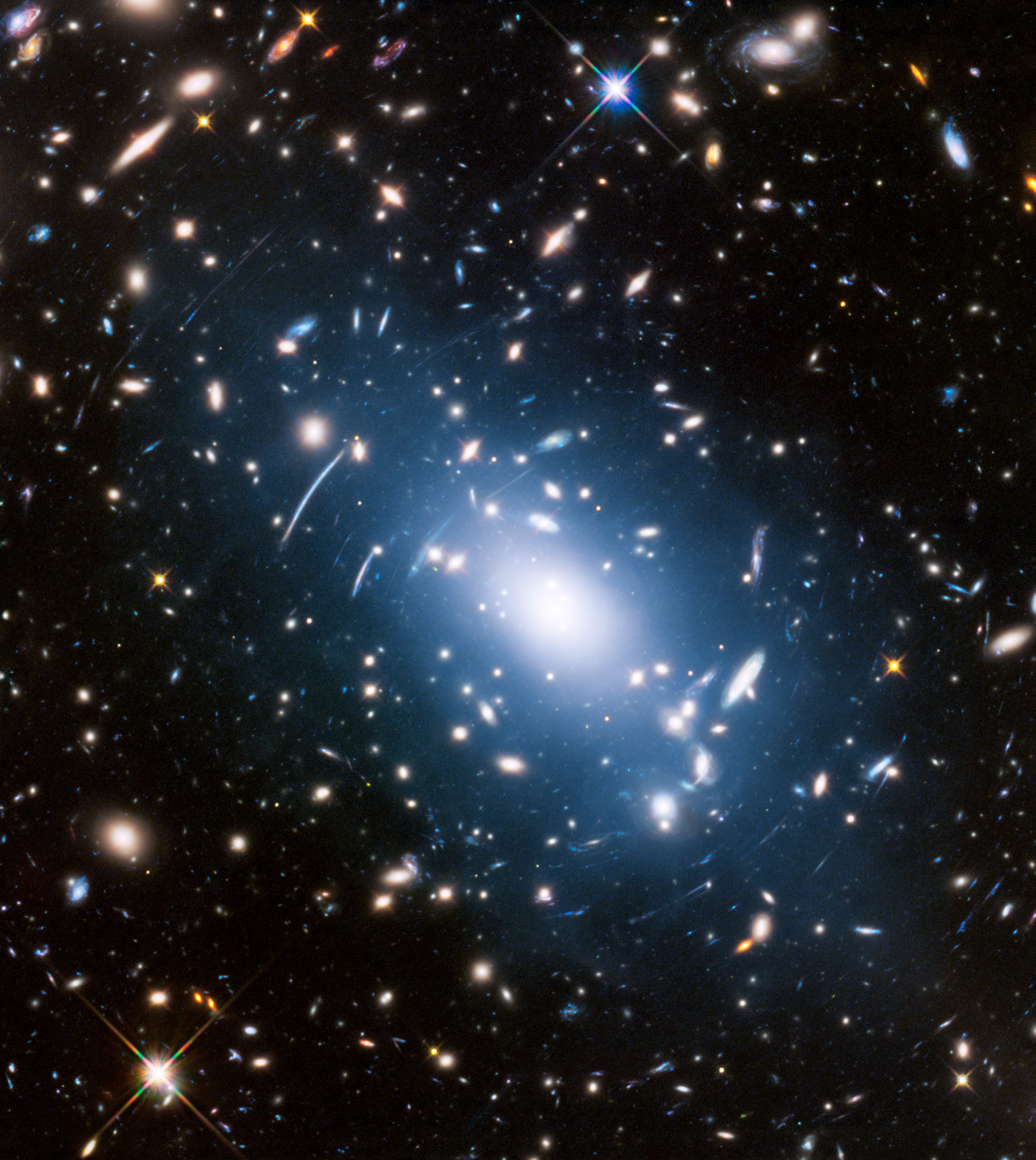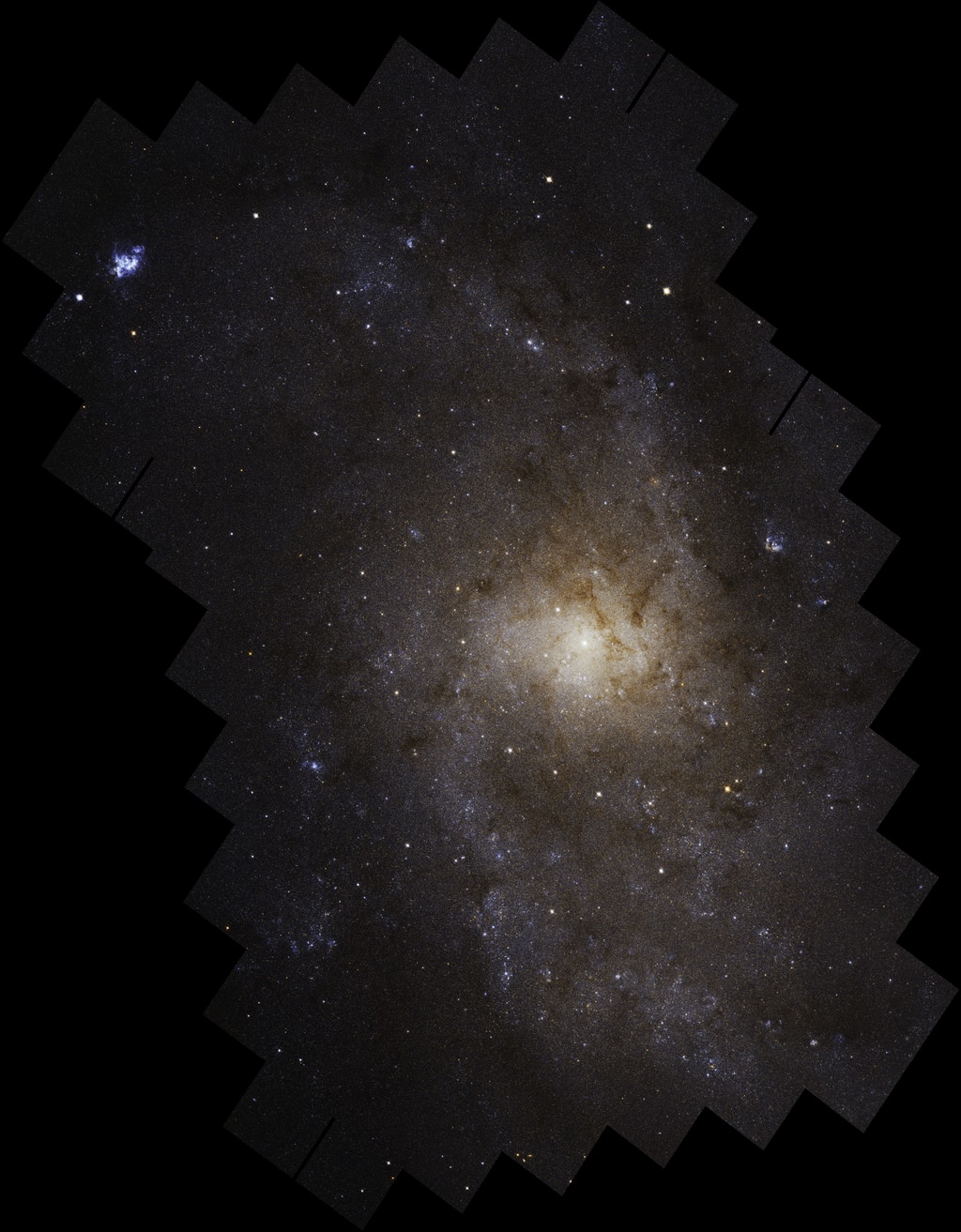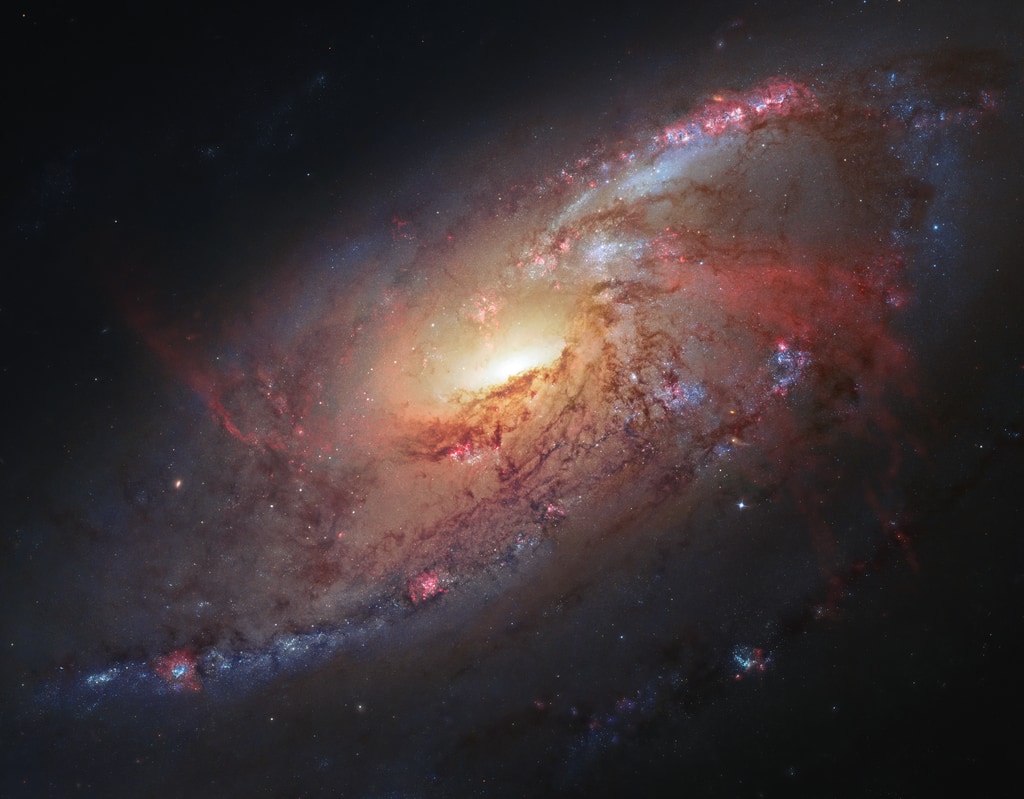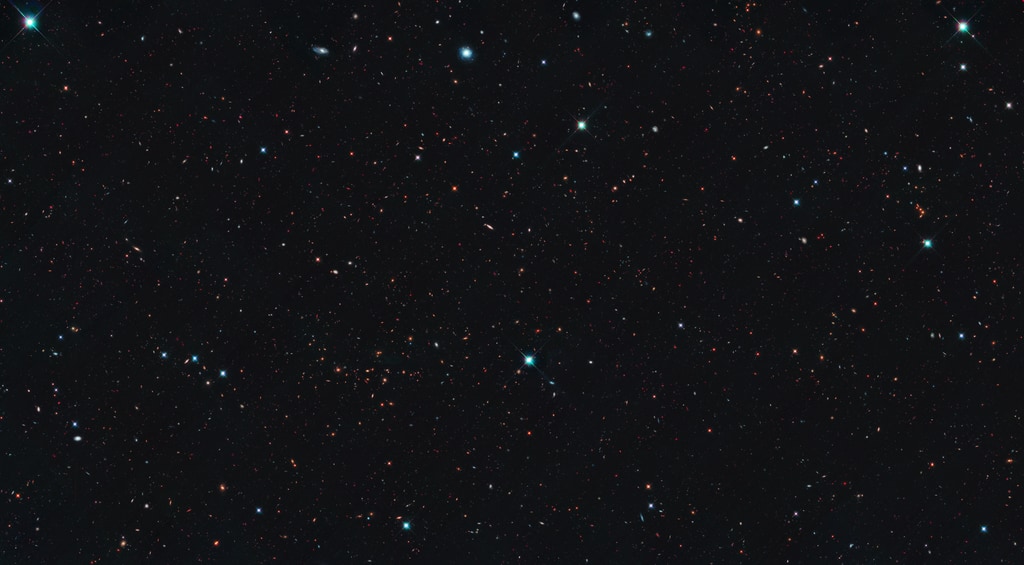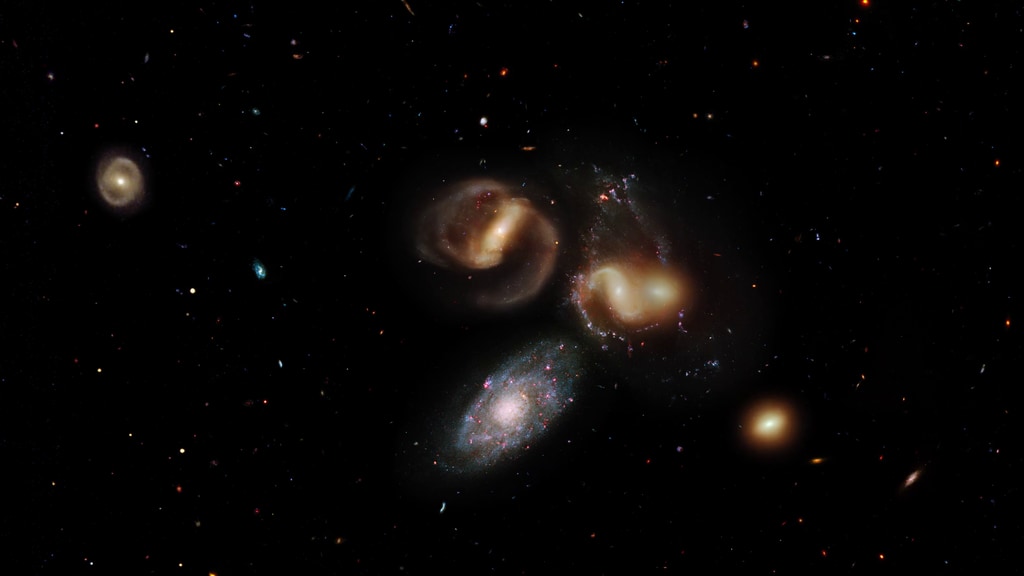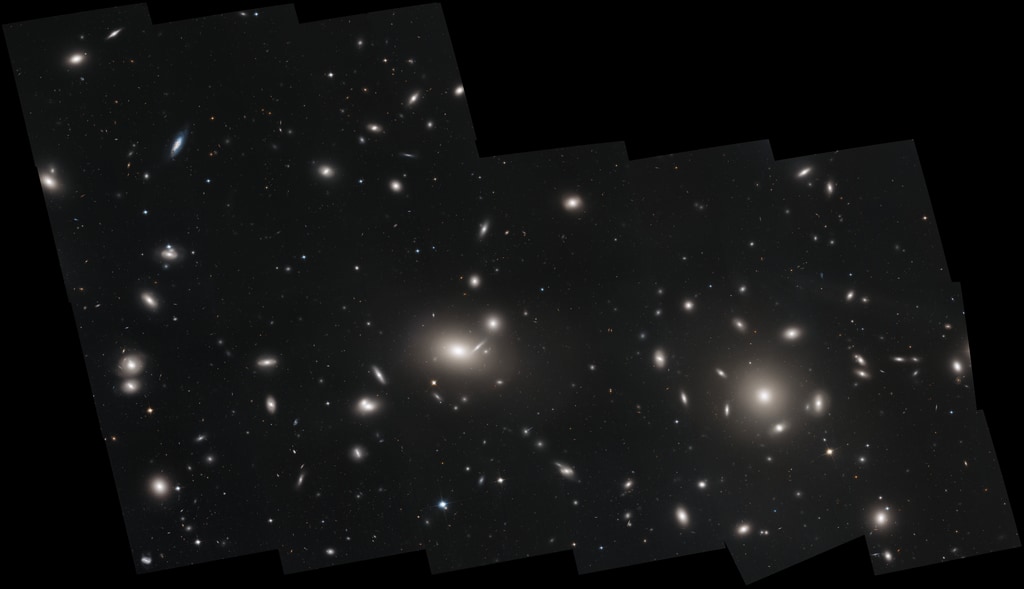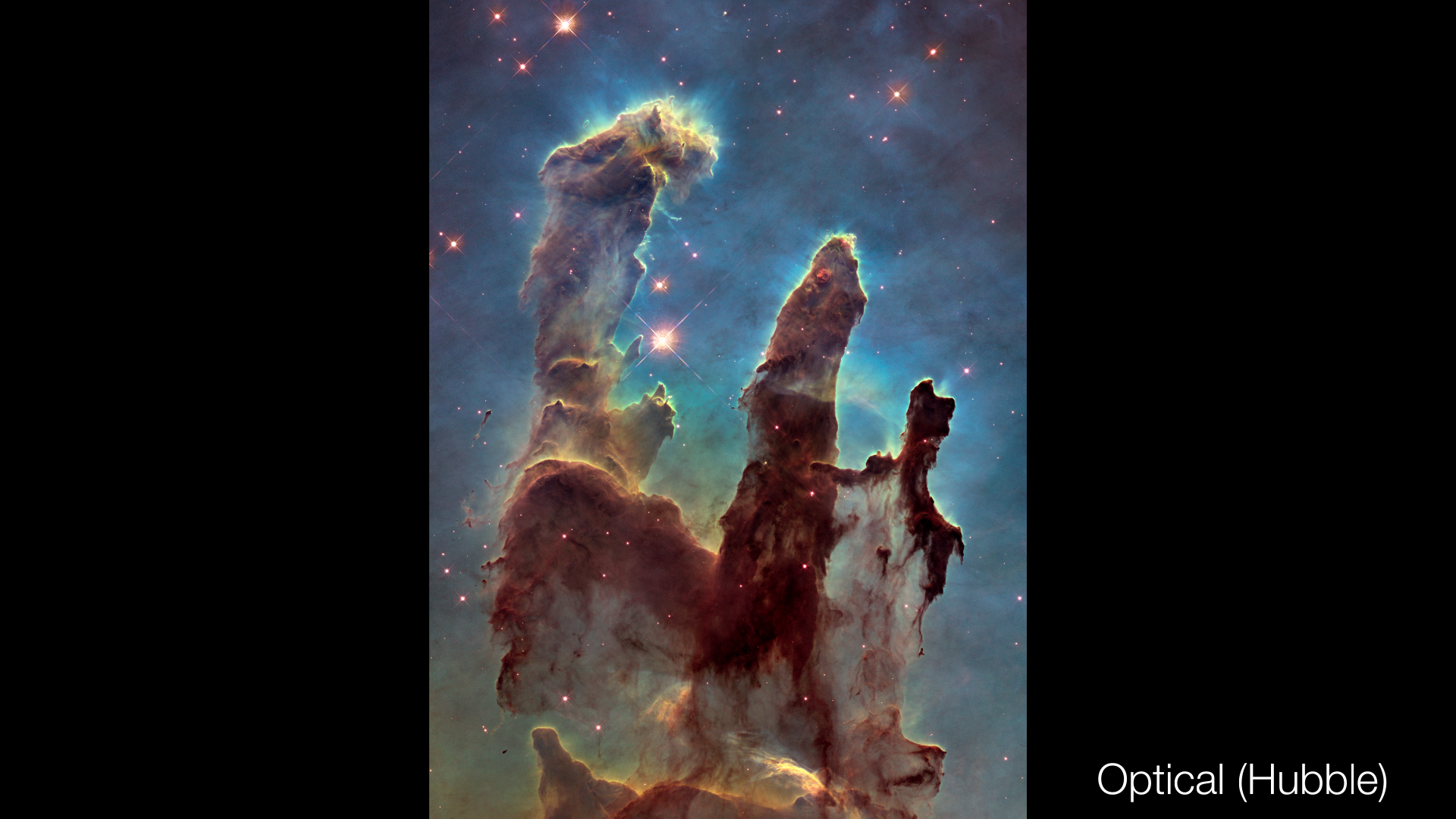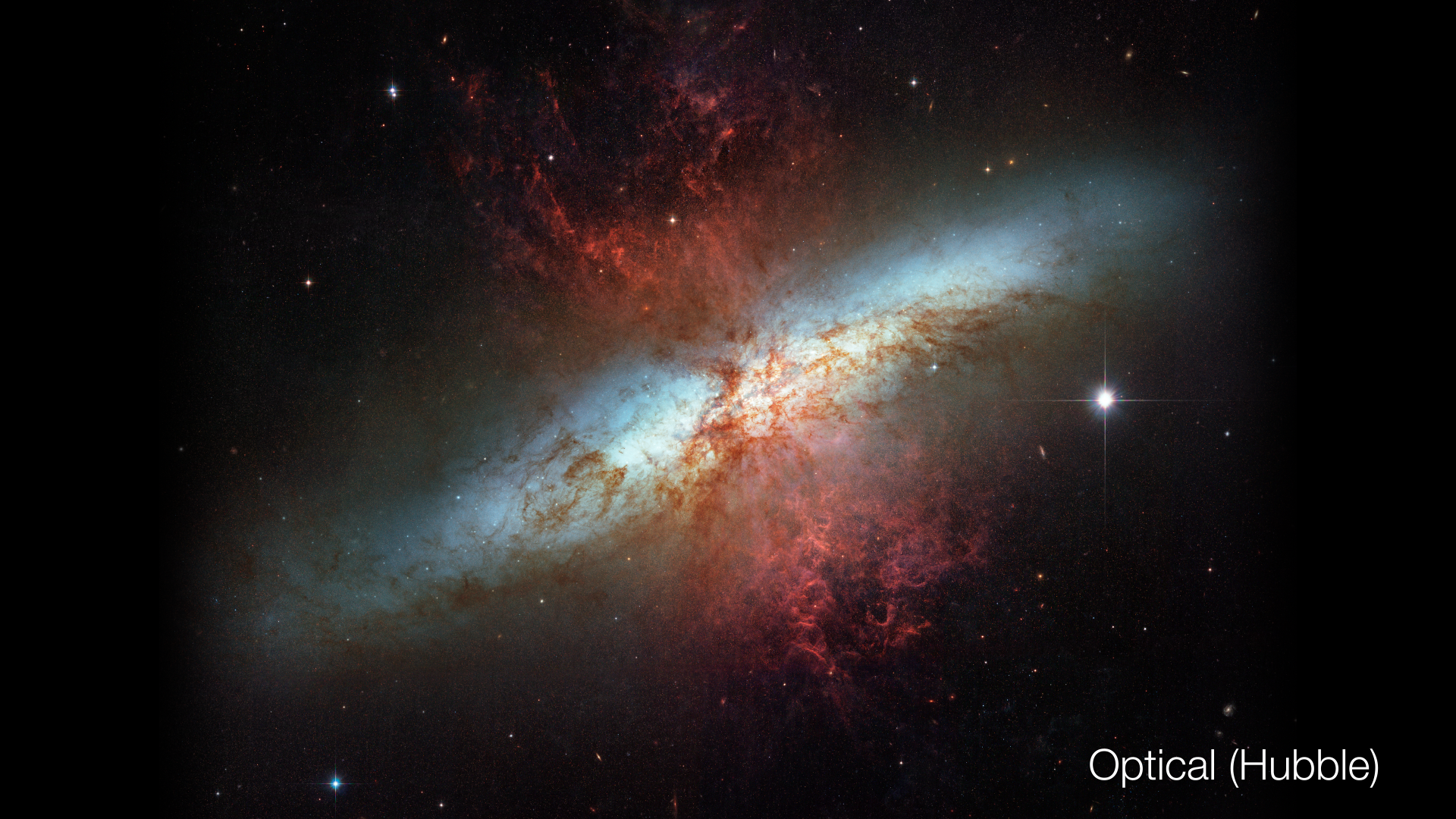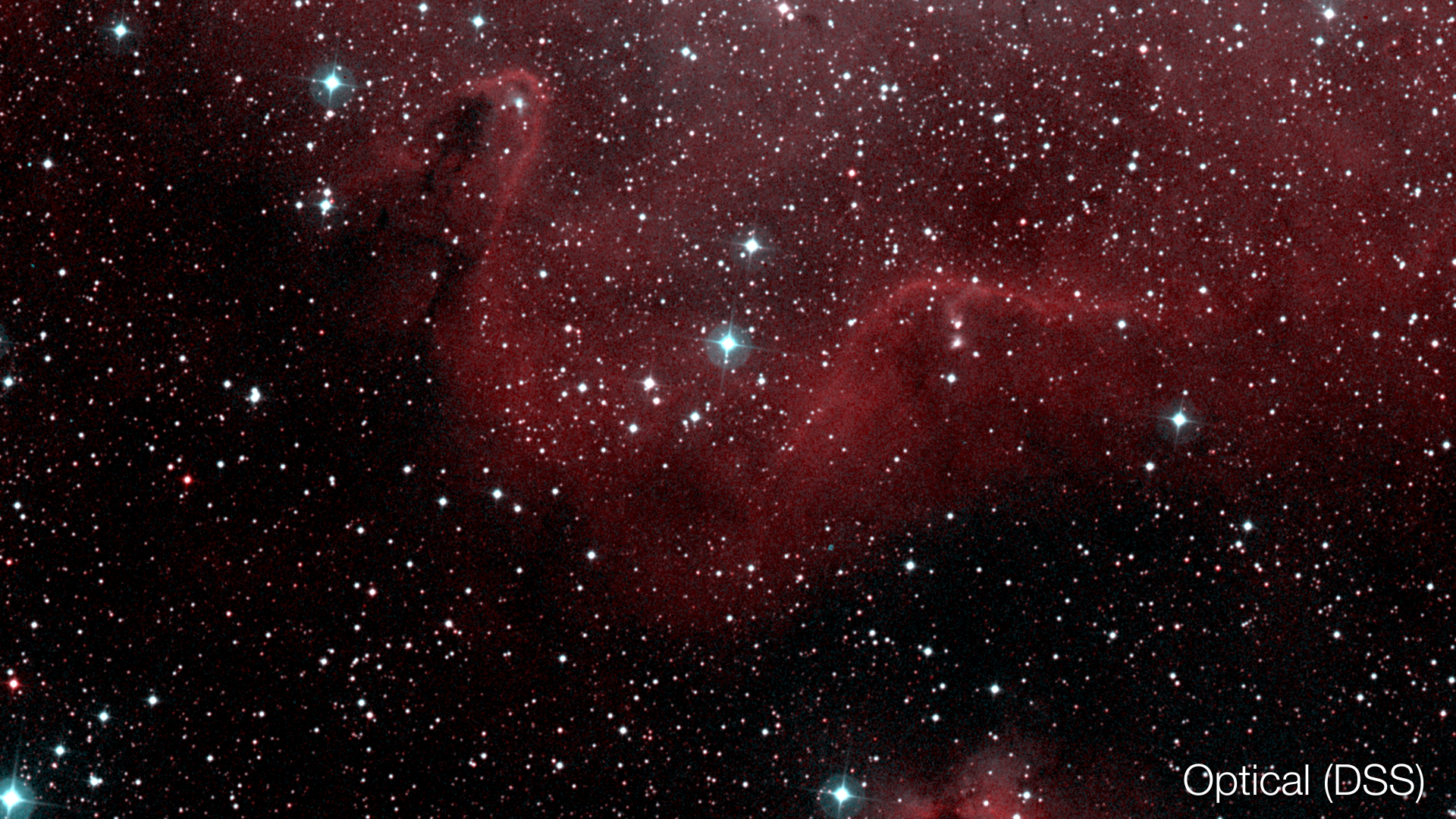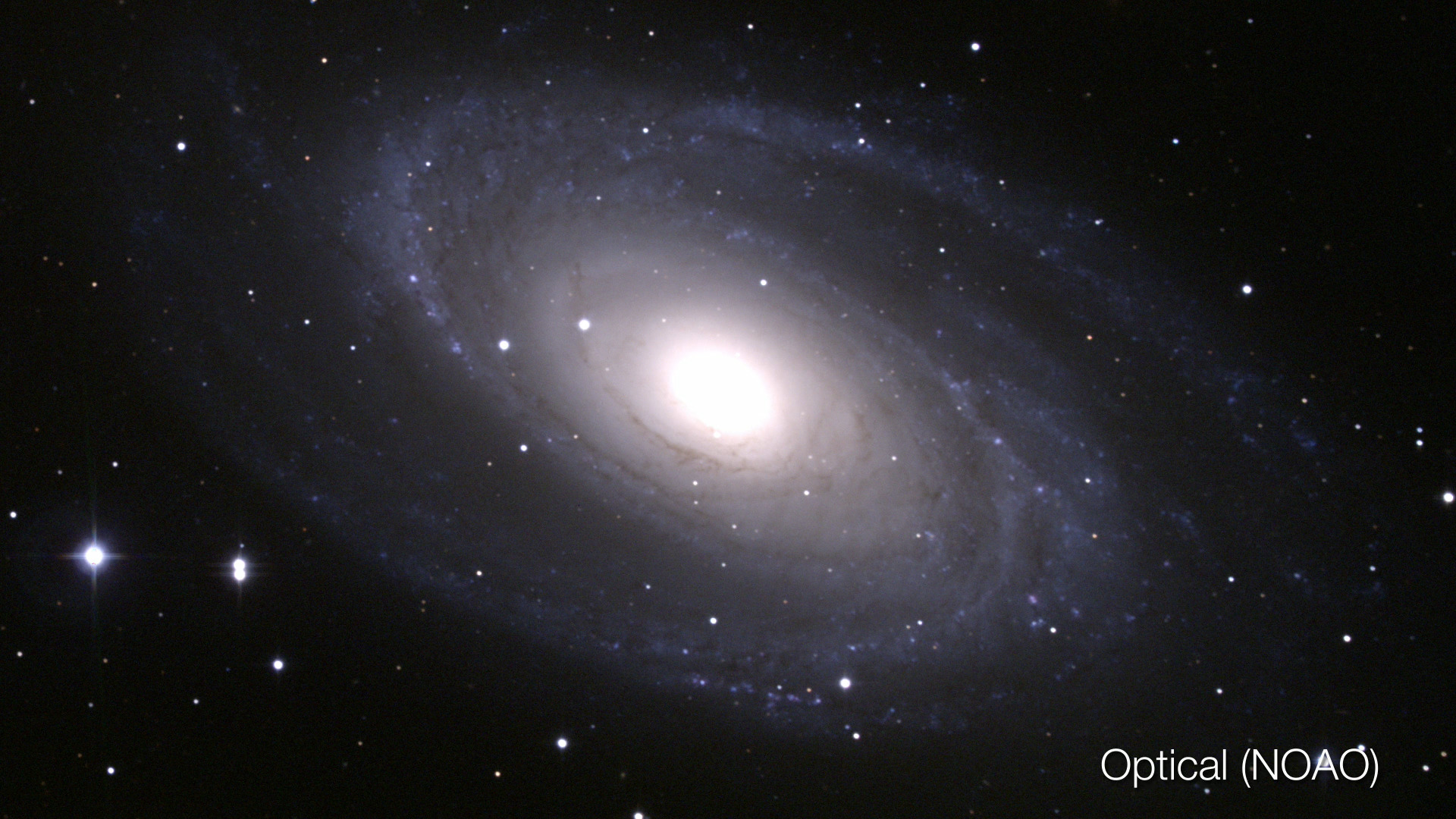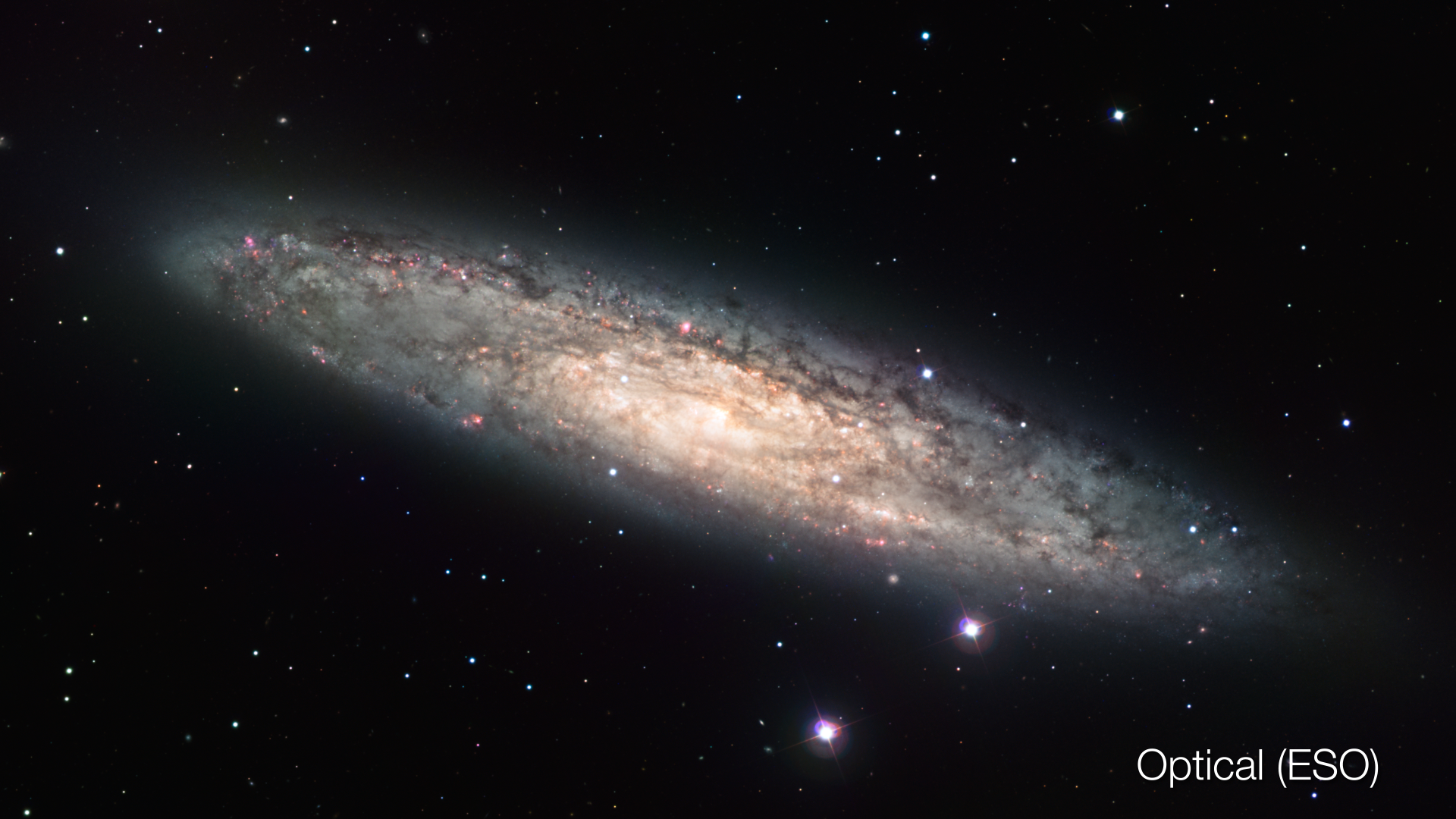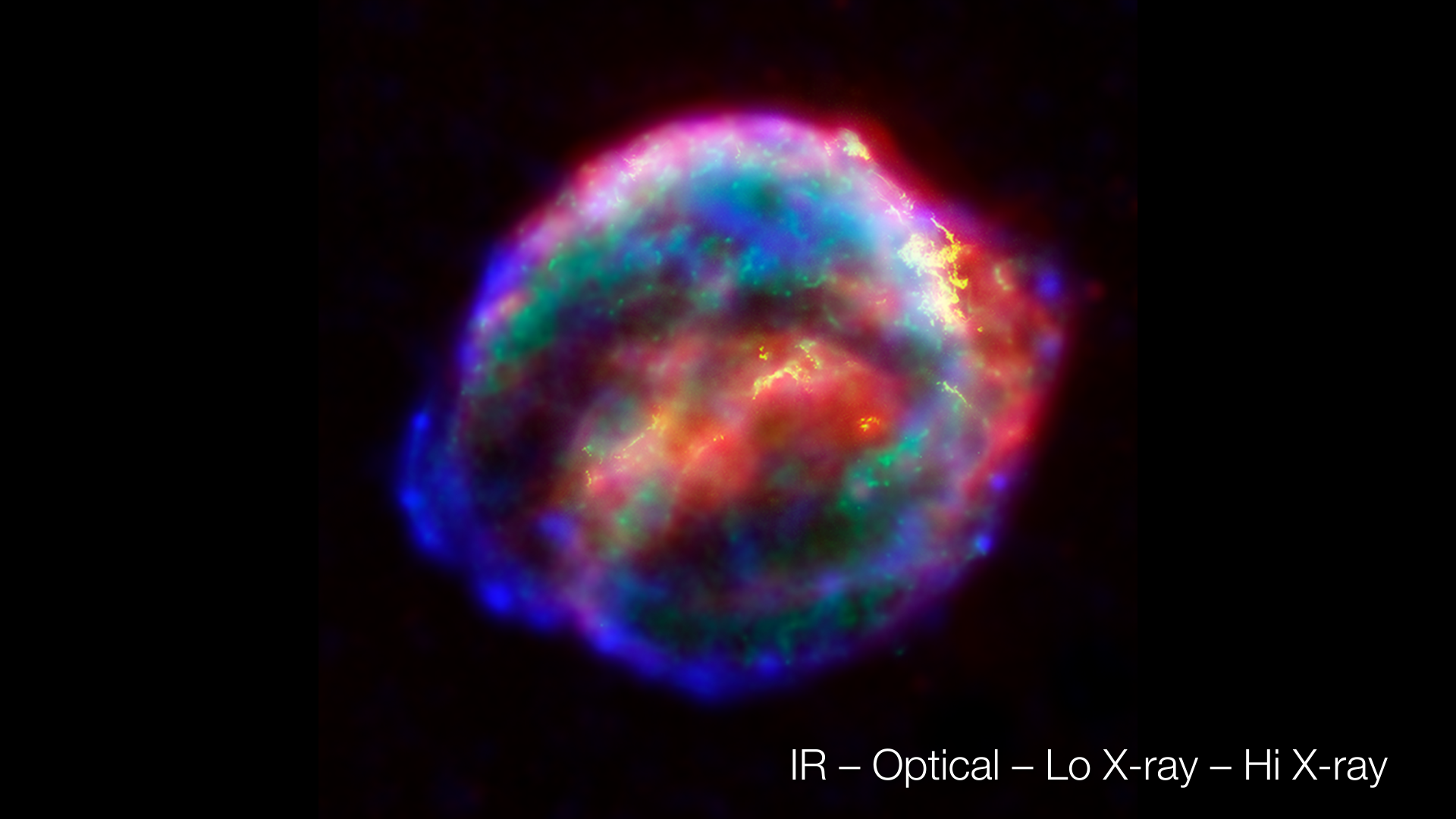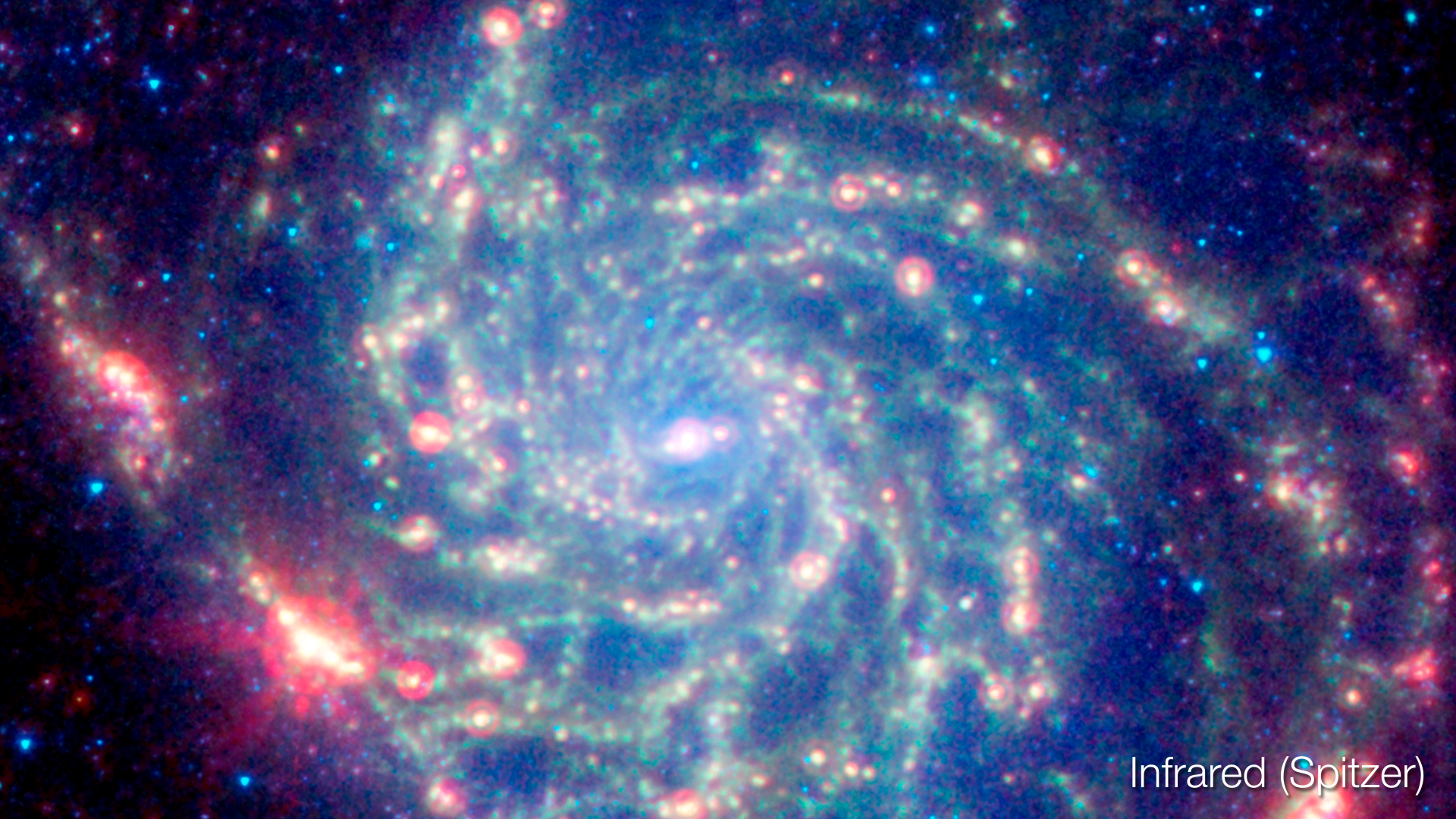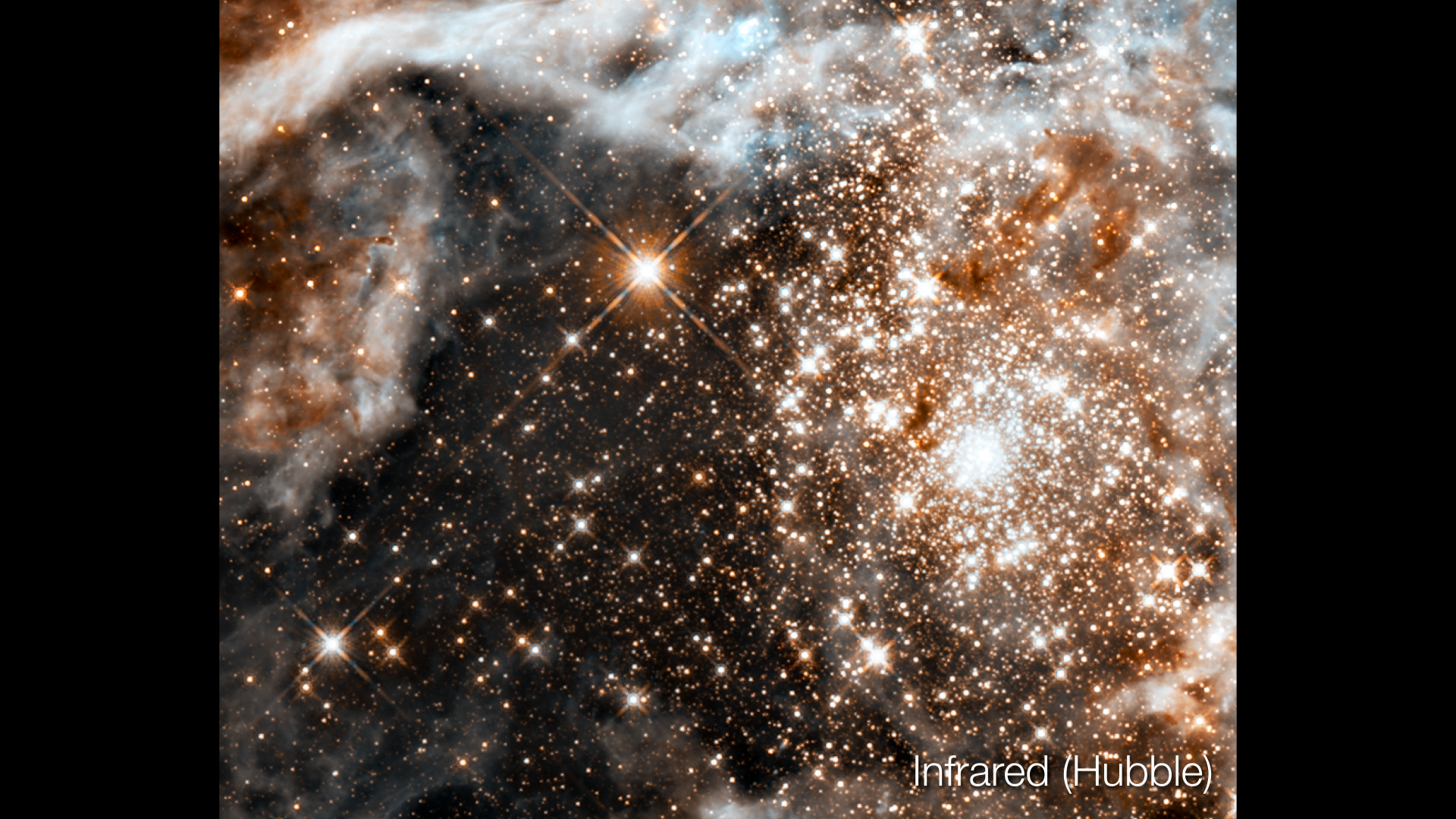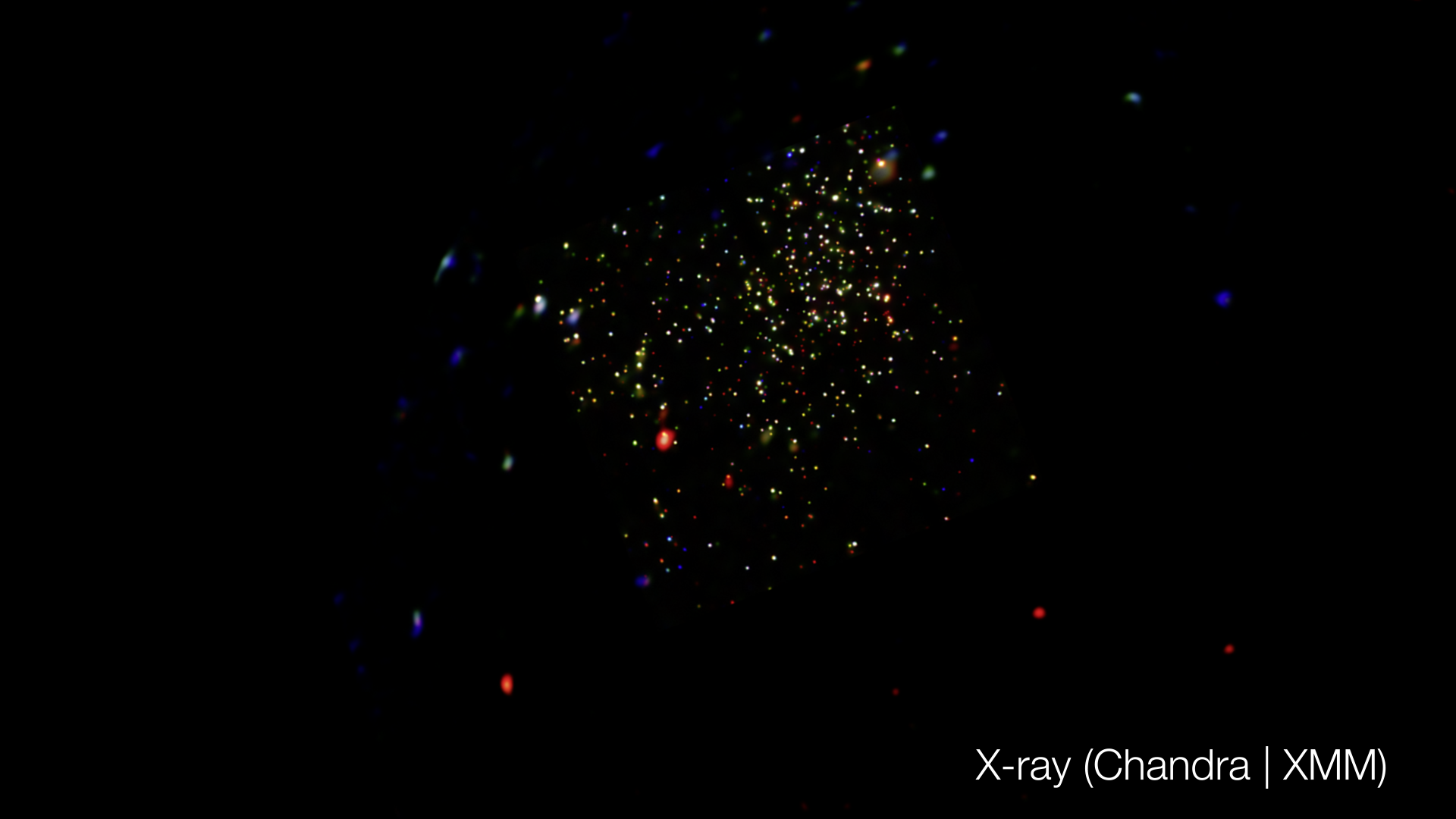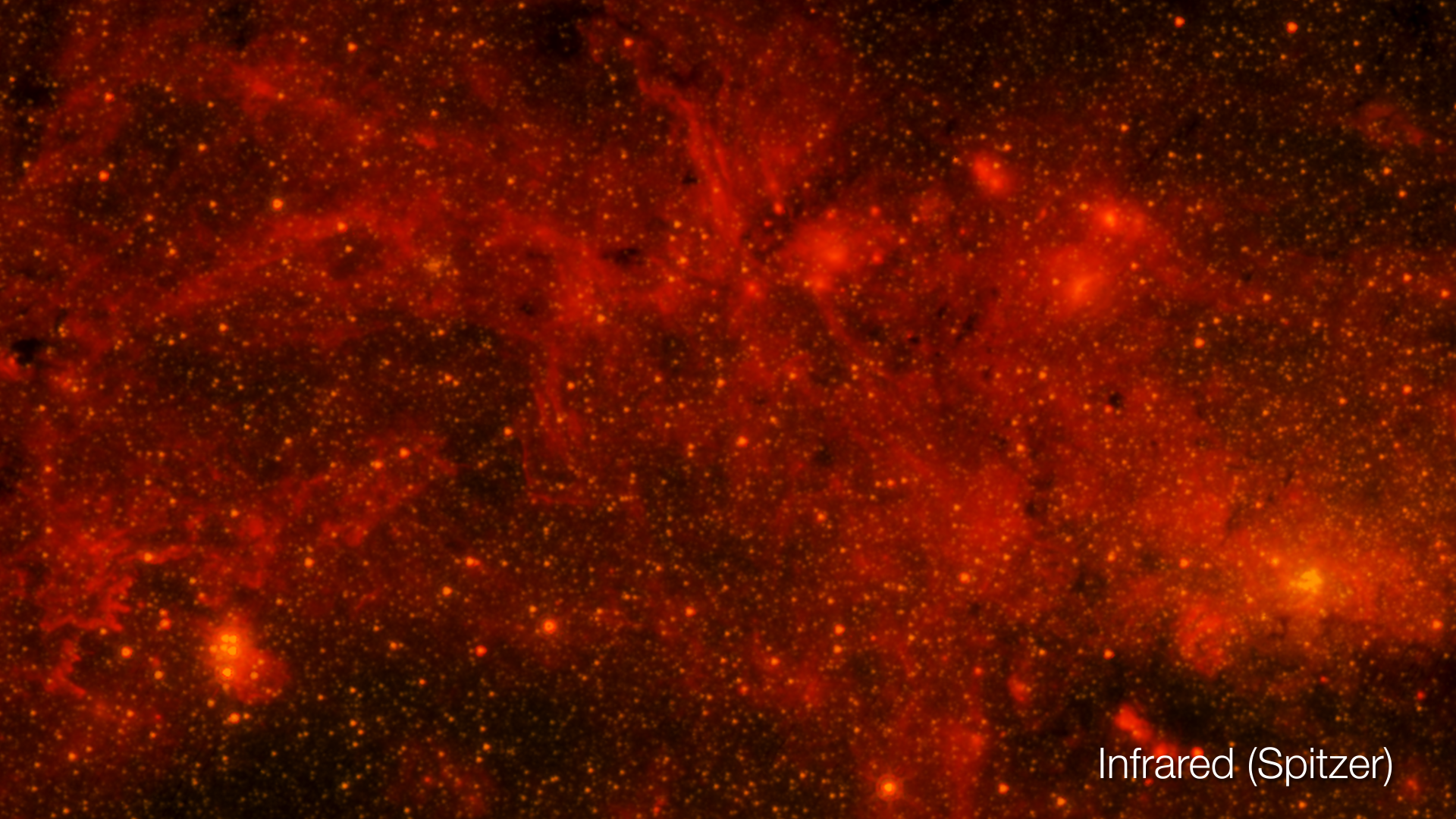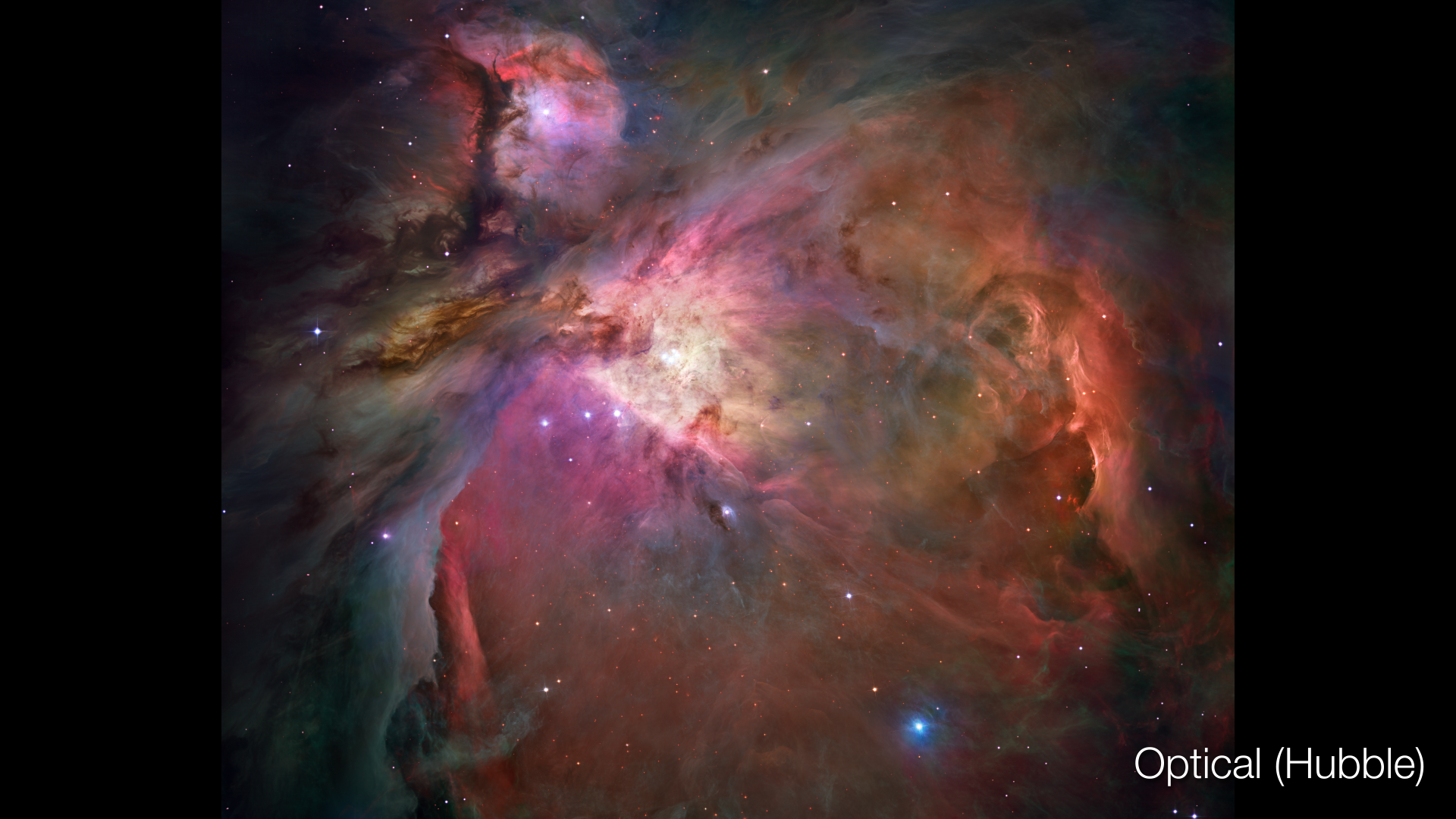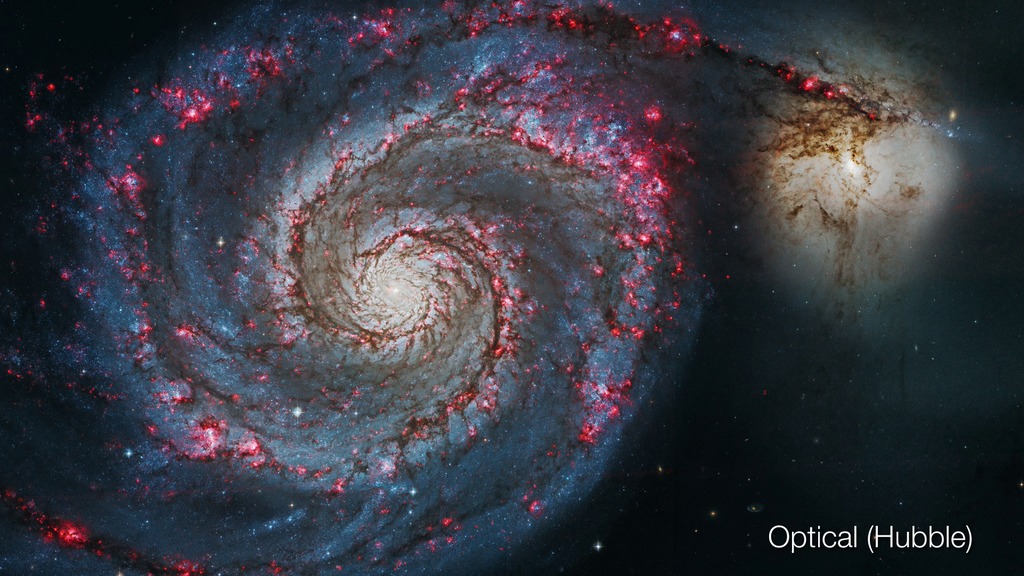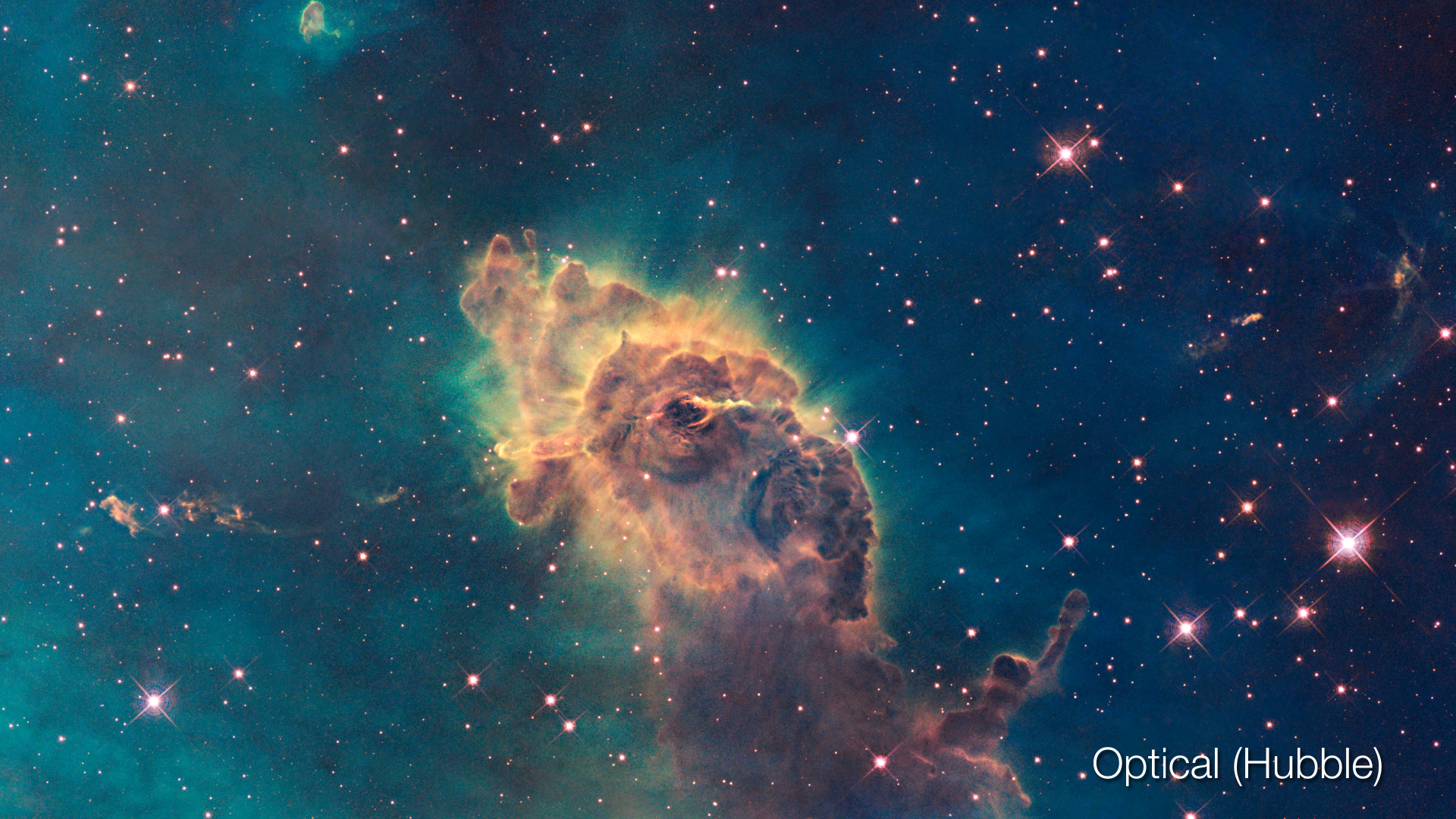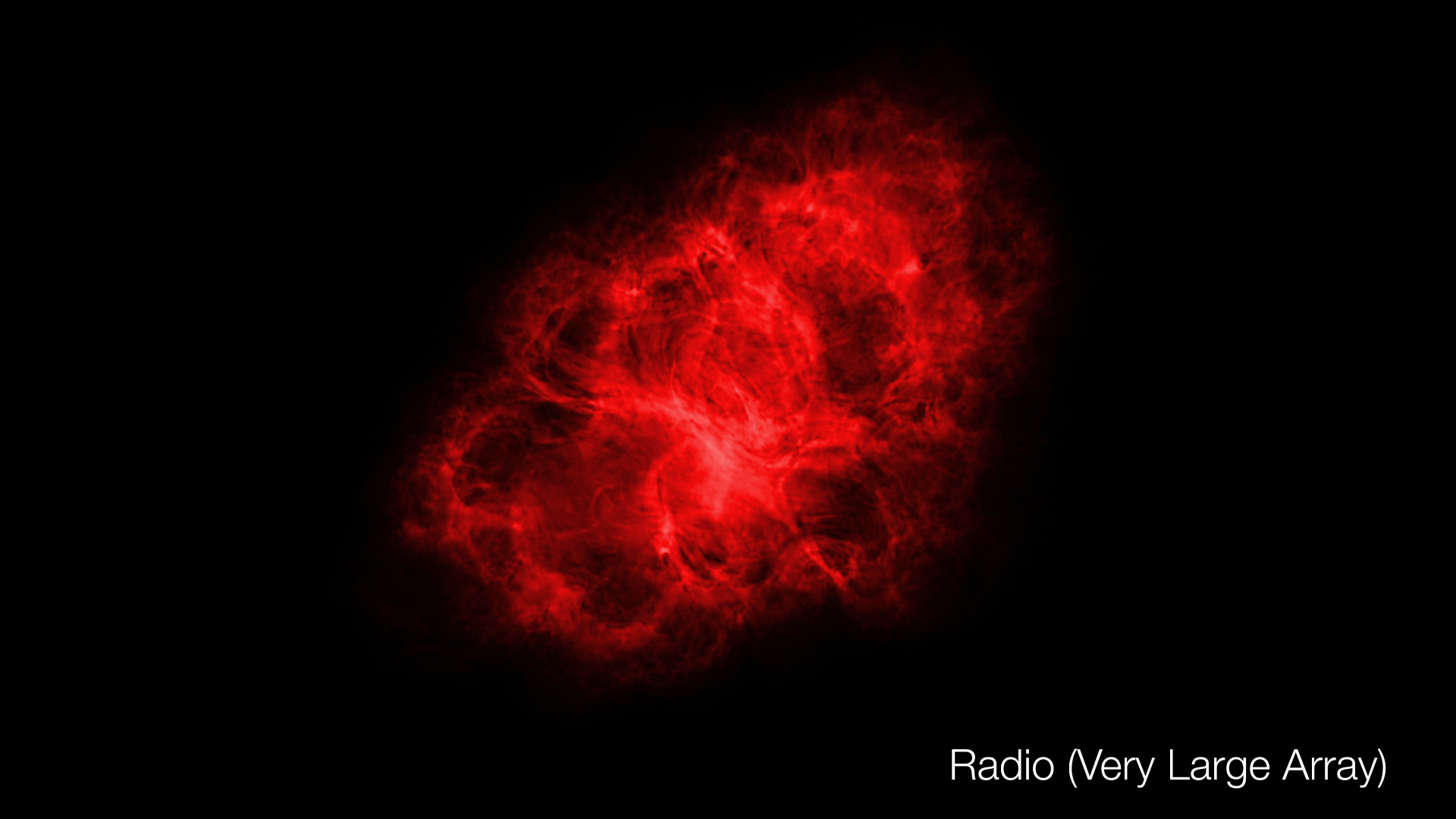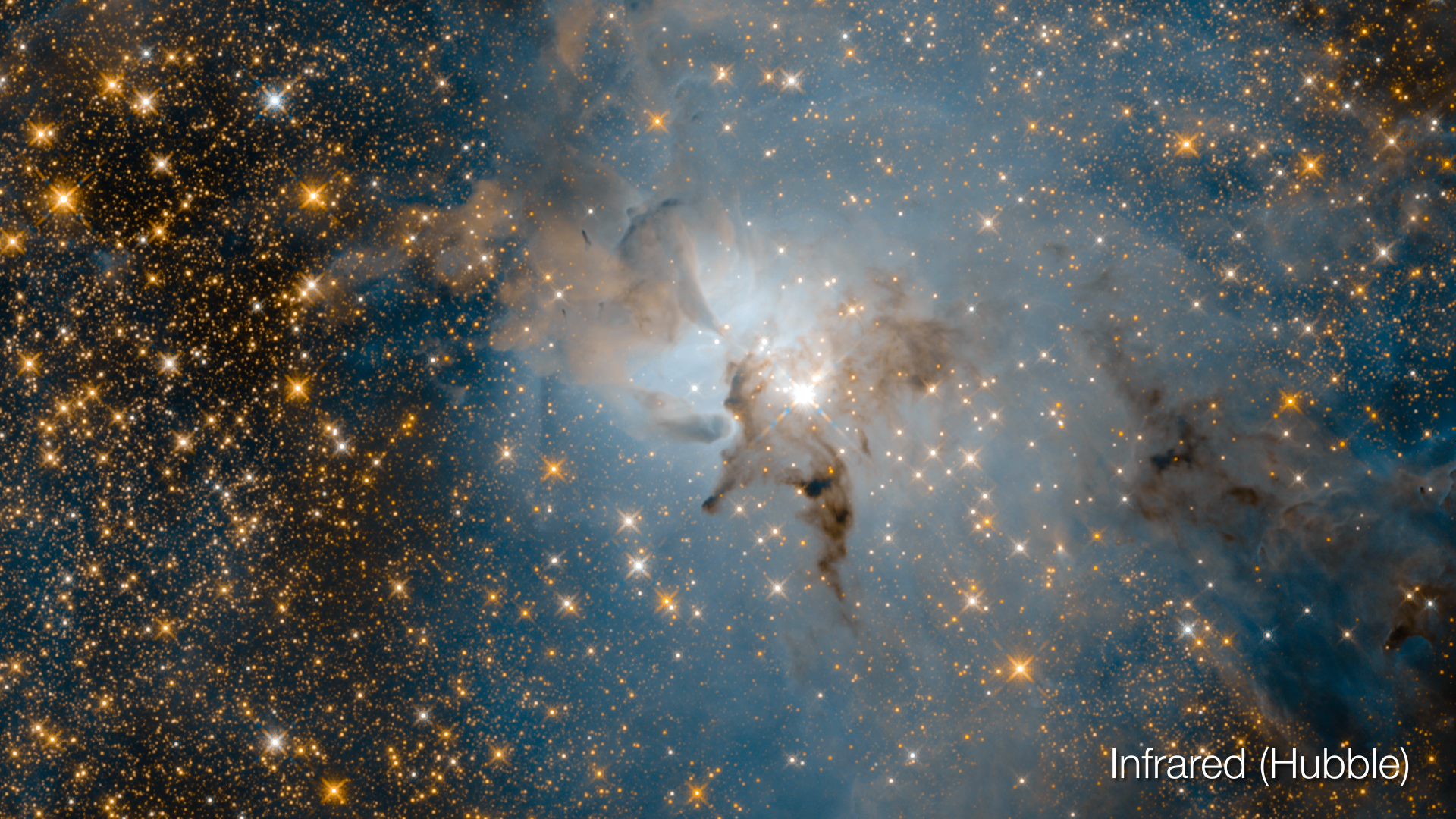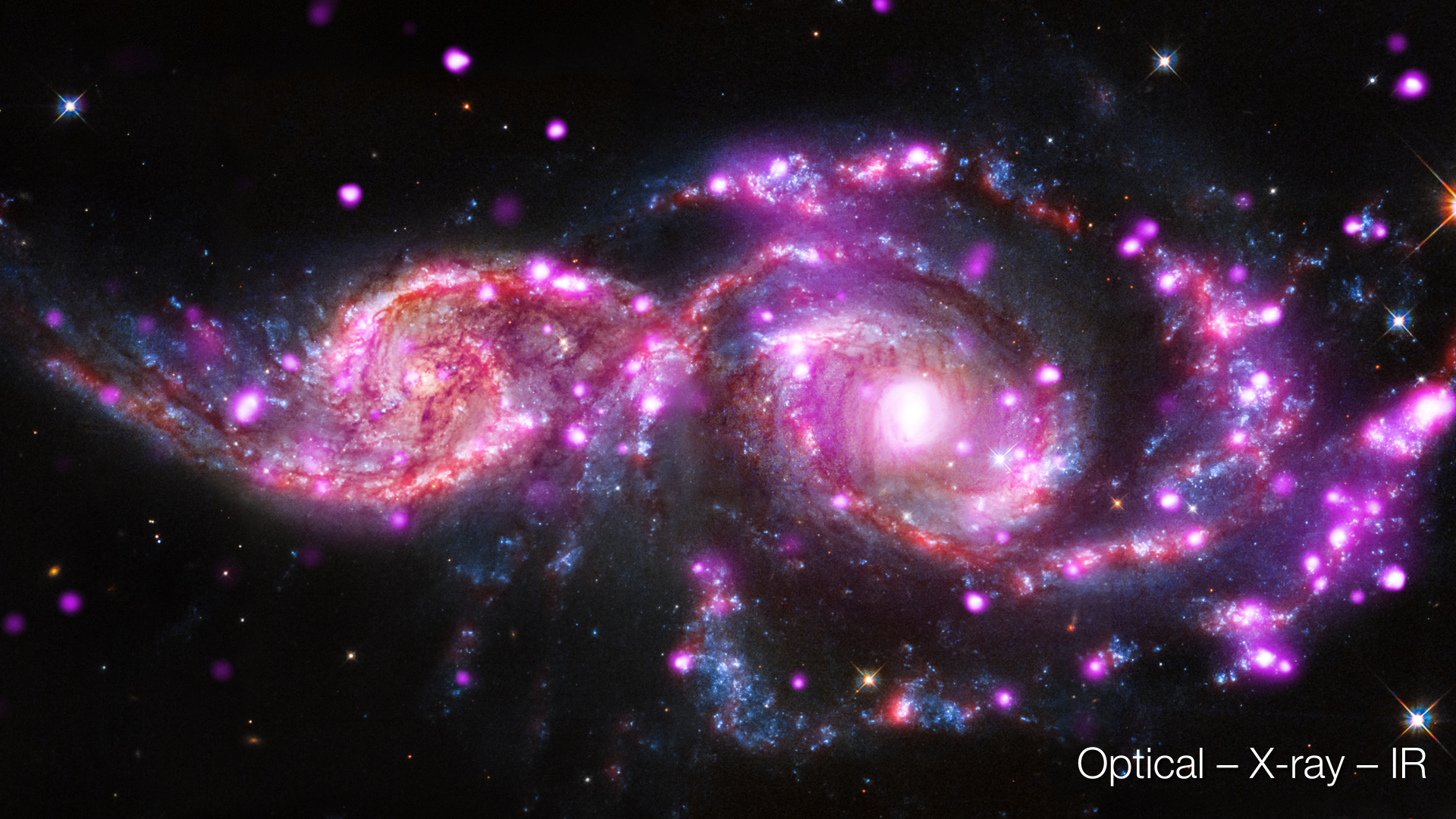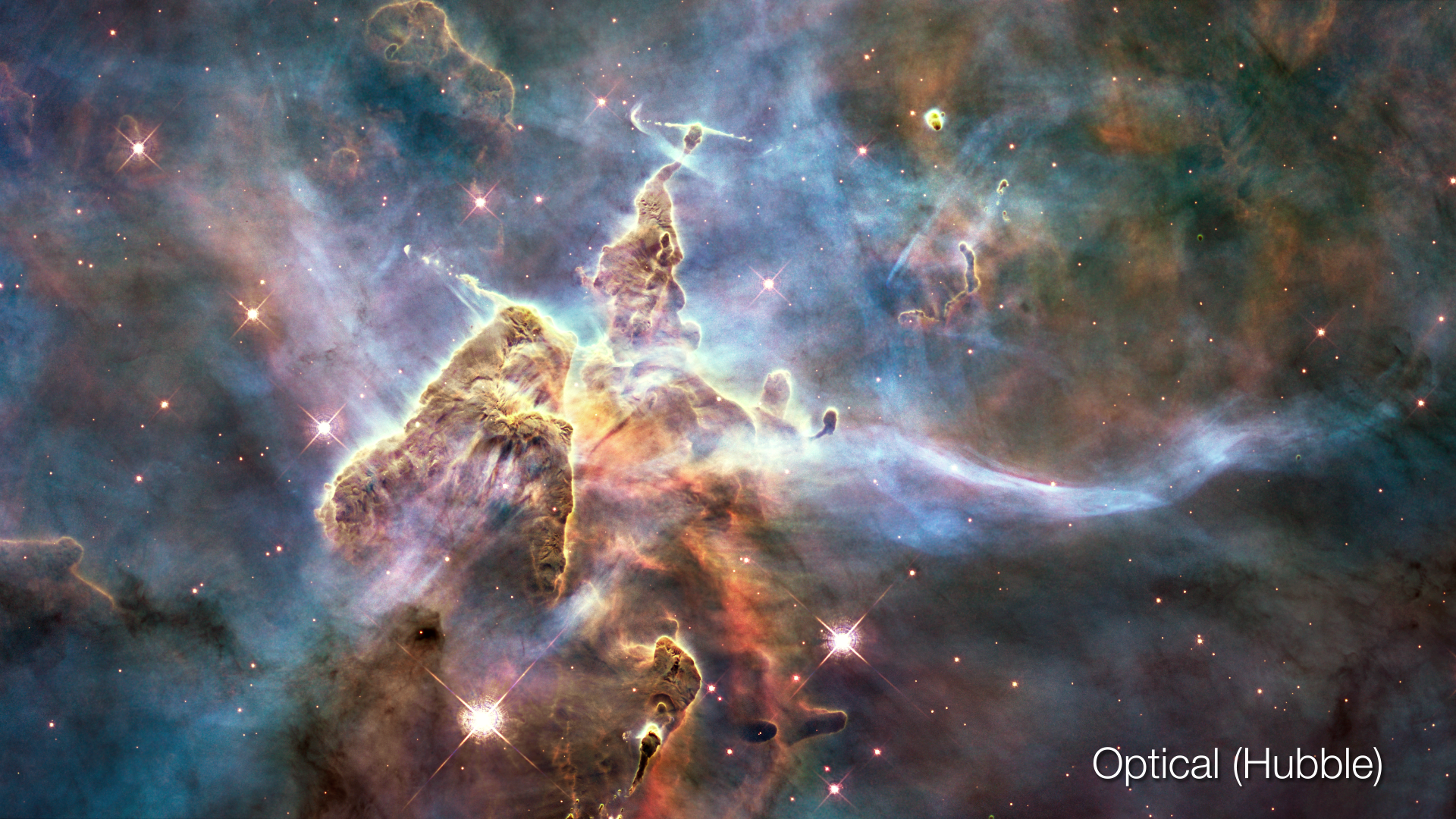Hubble Observations of the Red Planet
Over the decades of its mission, the Hubble Space Telescope has observed our closest planetary neighbor, Mars, documenting its seasons, terrain, and storms. Hubble’s work complements that of spacecraft and lander missions to the Red Planet, making Mars the most observed world other than Earth.
NASA has been exploring Mars since the 1970s, with missions including orbiting spacecraft and rovers on the surface. Hubble has also studied Mars from its position in Earth’s orbit. This multi-mission approach provides valuable different ways to see, and understand, our nearest planetary neighbor.
Images and data are usually collected when Mars is near “opposition,” fully illuminated by the Sun. Hubble shows Mars as an exceptionally stable planet, though occasionally wracked by huge dust storms, most evident in the 2018 image. A dust storm can be seen forming on the lower right side of the planet in 2001.
The polar ice cap and clouds also vary between images. The tilt of Mars toward or away from us is evident by visibility of the northern and southern polar ice caps. During northern winter / southern summer, the north pole ice cap can be seen easily but the south pole cannot; the opposite is true during southern winter / northern summer.
In addition to polar ice caps, white and gray features on Mars represent clouds. During the northern summer, distinctive clouds appear around Mars’ northern pole. This is why some images show the polar clouds more clearly than others. The dark and light surface areas in the images are caused by different minerals, and their boundaries usually correspond to the planet’s terrain.
These images of Mars come from three different cameras on Hubble, starting with the original Wide Field Camera in 1991, the upgraded Wide Field Planetary Camera 2 (WFPC2) starting with the 1997 image, and finally Wide Field Camera 3 (WFC3) used in 2016 and 2018.
Mars is the most closely observed planet other than Earth. Hubble provides a fascinating opportunity to observe another planet changing over time, and give valuable perspective on what makes our home planet unique, and what we may share in common with other worlds.
Credits
Please give credit for this item to:
2018: NASA, ESA, and STScI
2016: NASA, ESA, the Hubble Heritage Team (STScI/AURA), J. Bell (ASU), and M. Wolff (Space Science Institute)
2007: NASA, ESA, the Hubble Heritage Team (STScI/AURA), J. Bell (ASU), and M. Wolff (Space Science Institute)
2005: NASA, ESA, The Hubble Heritage Team (STScI/AURA), J. Bell (Cornell University) and M. Wolff (Space Science Institute)
2003: NASA, ESA, J. Bell (Cornell University) and M. Wolff (Space Science Institute)
2001: NASA, ESA, The Hubble Heritage Team (STScI/AURA); Acknowledgment: J. Bell (Cornell U.), P. James (U. Toledo), M. Wolff (SSI), A. Lubenow (STScI), J. Neubert (MIT/Cornell)
1999: NASA, ESA, J. Bell (Cornell U.), J. Maki (JPL), M. Wolff (SSI)
1997: NASA, ESA, D. Crisp and WFPC2 Science Team (JPL)
1991: NASA, ESA
-
Visualizer
- Greg Bacon (STScI)
-
Image processing
- Jim Bell (ASU)
- Mike Wolff (Space Science Institute)
- Philip James (University of Toledo)
- Alexander Lubenow (STScI)
- J. Neubert (MIT/Cornell)
- Justin Maki (JPL)
- David Crisp (NASA/JPL CalTech)
-
Technical support
- Leann Johnson (Global Science and Technology, Inc.)
Release date
This page was originally published on Monday, June 17, 2019.
This page was last updated on Monday, July 15, 2024 at 12:23 AM EDT.
Missions
This visualization is related to the following missions:Datasets used in this visualization
-
[Hubble Space Telescope]
ID: 831 -
WFC3 [Hubble Space Telescope: Wide Field Camera 3]
ID: 874 -
WFPC2 [Hubble Space Telescope: Wide Field Planetary Camera 2]
ID: 1047
Note: While we identify the data sets used in these visualizations, we do not store any further details, nor the data sets themselves on our site.

